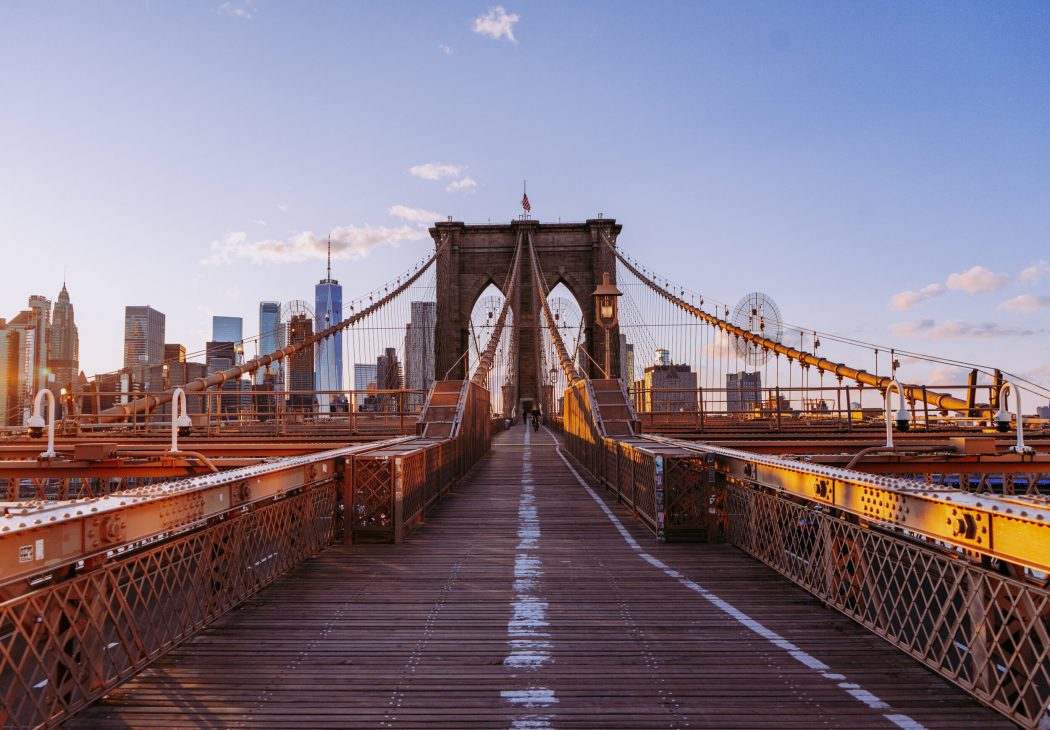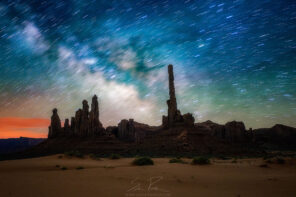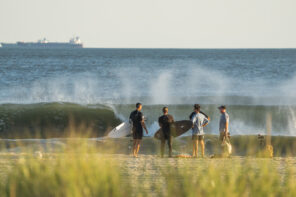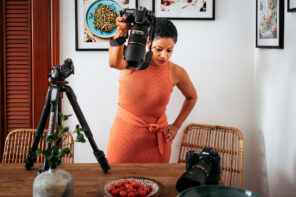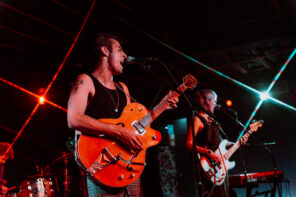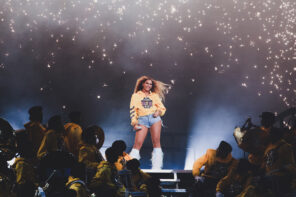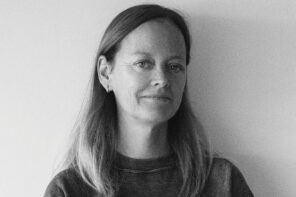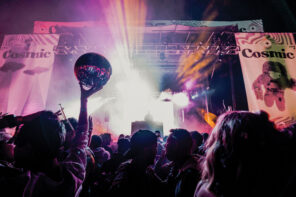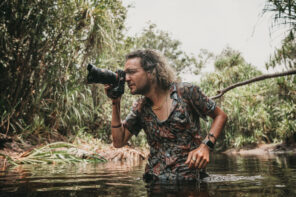These New York City Photographers Will Make You Appreciate the City (and Your iPhone) More than Ever Before
Laura Sills and Mike DePetris should give a master class on how to take photos. During a year when memories of people and places hold more significance than usual, these two captured moments and landmarks that, in my opinion, translated to universal feelings. At a time when people talk of moving out of New York City, these photos serve as reminders to stay. Sharing their thoughts, Laura and Mike sat down to discuss photographs as memories, music as inspiration and filters as reality.
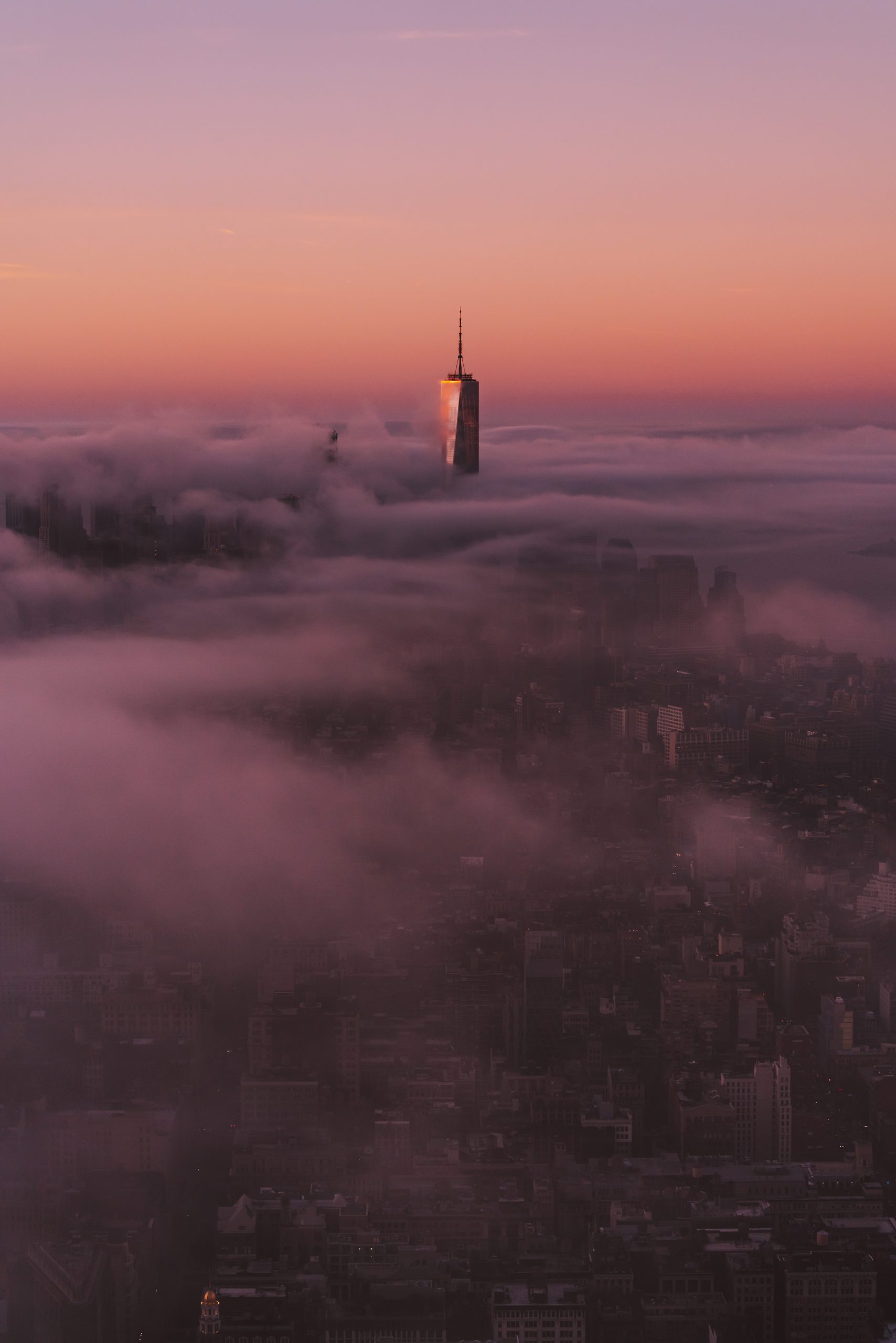
How do you think this past year has affected your approach to photographing New York City?
Laura Sills: I’ve been in New York for over nine years. I still see it through rose colored glasses, which is quite literally the mood of my photos. The pinks and purples. I’ve never gotten sick of it, even when it’s hard here, even when you’re in a bad apartment, go through a bad breakup, or have a bad roommate story. The city just makes me feel home. In the beginning of the pandemic, taking pictures was my excuse to go outside. And then I used it as an excuse to get into the spots I wouldn’t normally go to. The touristy spots. I knew I would never get to see these empty. I felt like I had to document that. I felt like I needed to experience it and let how much has changed sink in; how much the city—as cheesy as it is—that never sleeps was resting. I stood in Grand Central by myself at 7:30 at night. It was a moment I’ll never forget for the rest of my life, and photographs are how I remember things.
Mike DePetris: Most of my photography has always been beaches and national parks, so I felt like I struggled photographing the city. It didn’t come as natural to me as nature did and obviously when everything shut down it wasn’t like I was able to visit family or go to the beach or take the trips I would’ve liked to take, so I kind of forced myself to take cityscape photos. Mid-pandemic, I started seeing things and editing things differently. I found I had to switch up my editing style from when I was photographing nature that’s bright and warm, where the city lends itself to moodier, darker kind of stuff. So, it’s been a transition for me.
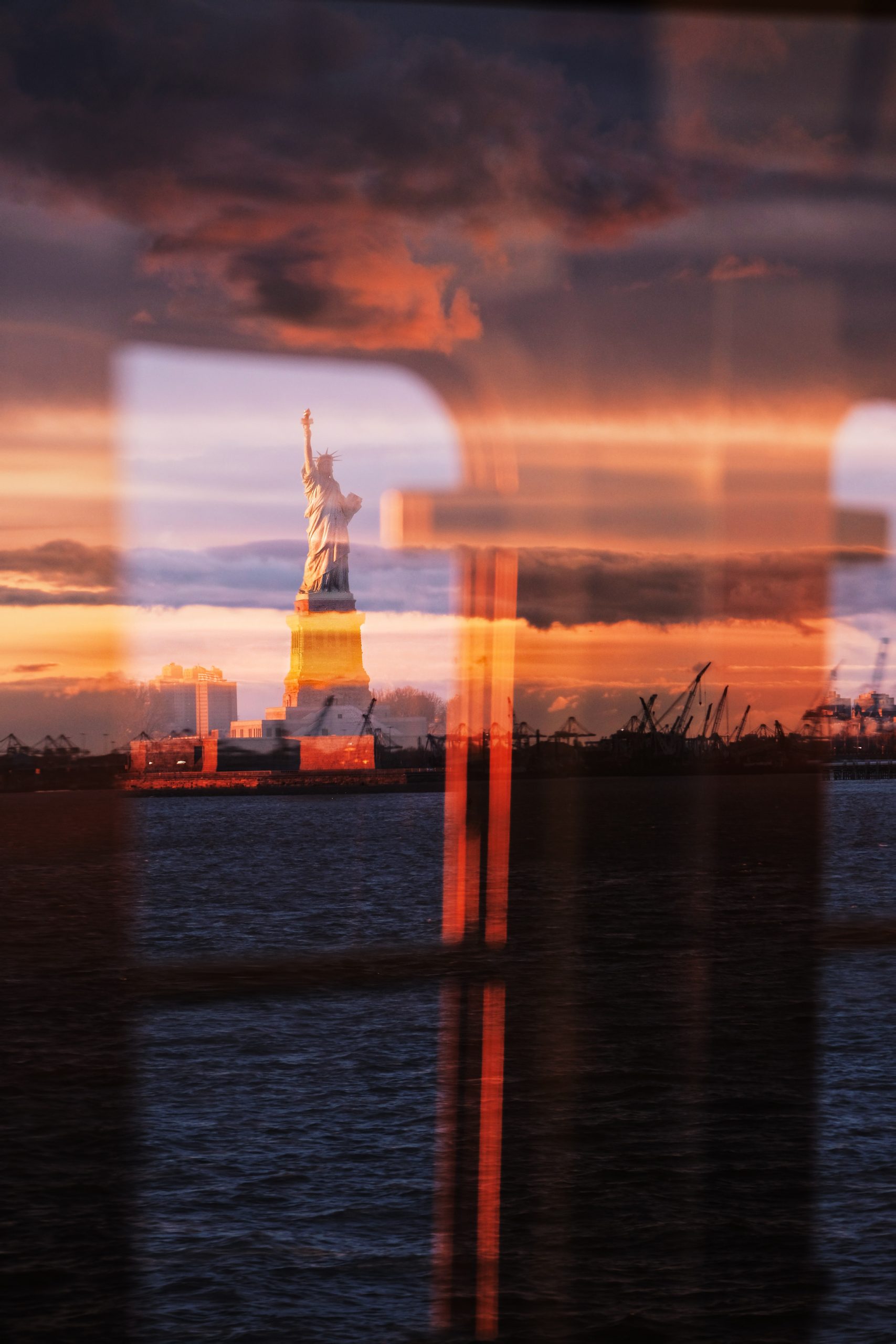
Do you think this year has made you more or less inspired?
MDP: How I’ve been editing in the past three months or so has inspired me. It’s fresh and not the typical presets I’m used to doing. It gets me out of my comfort zones. Even photos can get a little burnt out if you’re doing the same thing. And you can get trapped in the whole Instagram thing that consistency is key instead of trying new things. I hate talking about Instagram, but you always have the thought of “are people going to like this?” in the back of your head.
Has the pandemic changed your relationship to people in front of the camera?
LS: I’ve never intentionally worked people into my photos in a meaningful way and that was something I wanted to start practicing this year. Having empty spaces made it much easier. You know who the New Yorkers are because they’re here when typically they’re lost in a crowd. It became easier for me to spot those really special moments. And I live alone so I started to pay attention to the people who were out because I hadn’t interacted with people in so long.
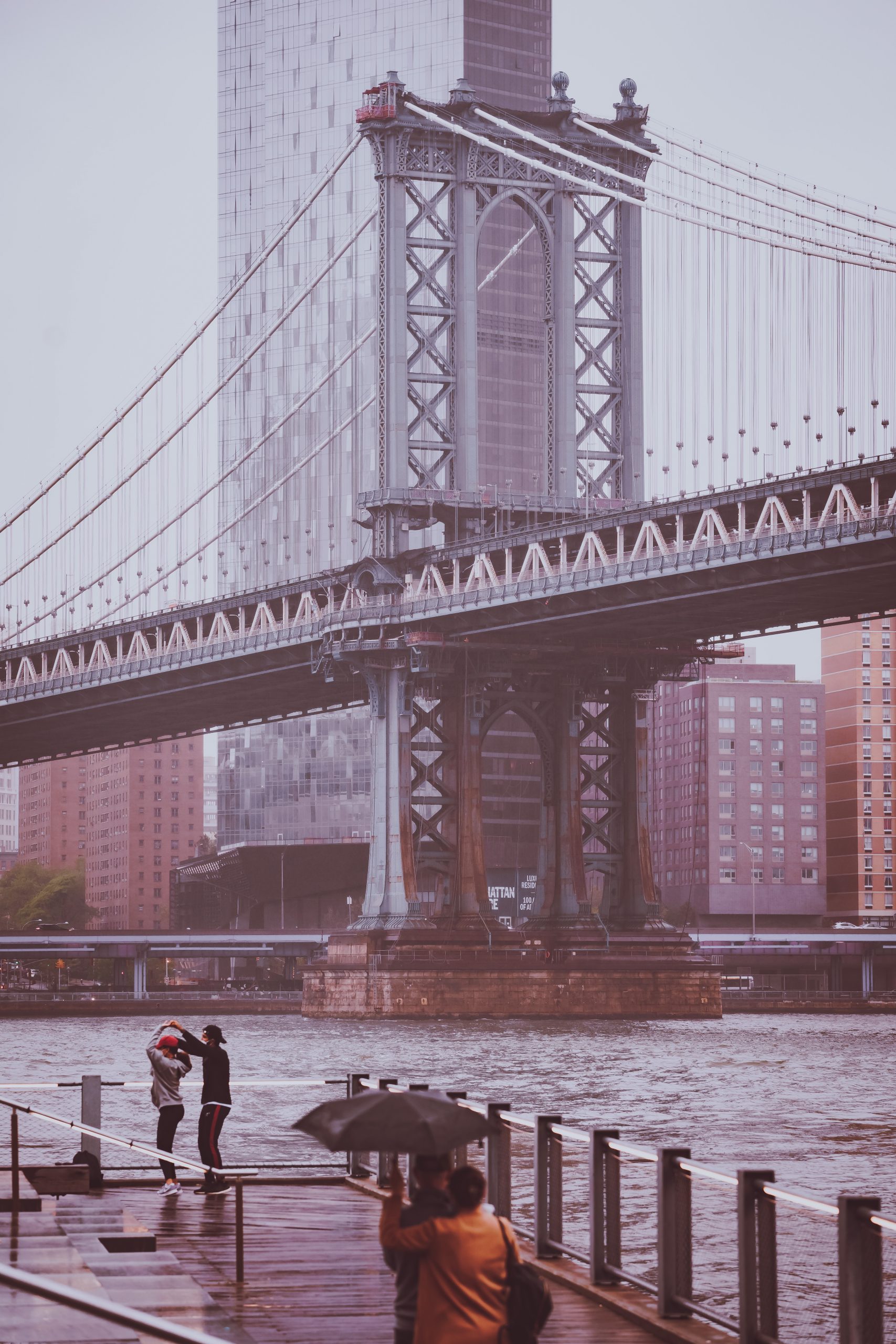
I’ve always felt guilty if I edited a photo or used a filter, but I noticed you developed your own filters for Instagram stories. What are your thoughts on editing photos?
LS: It wasn’t totally conscious. I wanted to almost exaggerate some of the photos, but also try to create a more cohesive look so I looked for a common theme or color since I typically shoot at sunset. Before this, I hadn’t spent the time to really think about why my work is different and why it’s special to me. Everything about the city is romantic to me and I think that really comes through because of the color palette and the way that I frame things and the way that I see things.
I’m all for it if it’s going to enhance the photo or if it’s going to make it look how you remember it. Editing is not taking away the skill of framing the photo and composing the photo.
MDP: People think, “Oh you just used your iPhone? That doesn’t count.” But every single photo I’ve ever sold has been edited on my phone. And I love that because if it wasn’t for my phone, I probably never would’ve gotten into this as a hobby. I’d rather have my phone and $5,000 to go around the country than a $5,000 camera.
Does everything I share look like what it did? No, but it looks the way I remember it in my head. Because a lot of the pictures I take are on trips and with people, so now I have that memory and I can look at any picture and remember who I was with and how I felt.

I noticed most of your photography is usually synced with music. What role does music play in your work?
LS: I have to have music in my ears when I’m shooting. It puts me in the right frame of mind. It helps me see the city more clearly. And I organize my playlists by neighborhoods that I’ve lived in, so it’s also the mood I was in at the time of my life. I remember the way that I felt in Bedstuy and in Cobble Hill. If it’s cloudy today, I’m going to listen to something moodier and quiet vs. when the summer hit last year and I was outside riding my bike. My music shifts just like the seasons change.
MDP: I spend an embarrassing amount of time trying to pick a song to go with my photography. I like to use music that I listen to. So if I hear a new song I’m almost immediately thinking what can I use this for, what shot, what video. And a lot of times it doesn’t work, but sometimes it’s perfect.

